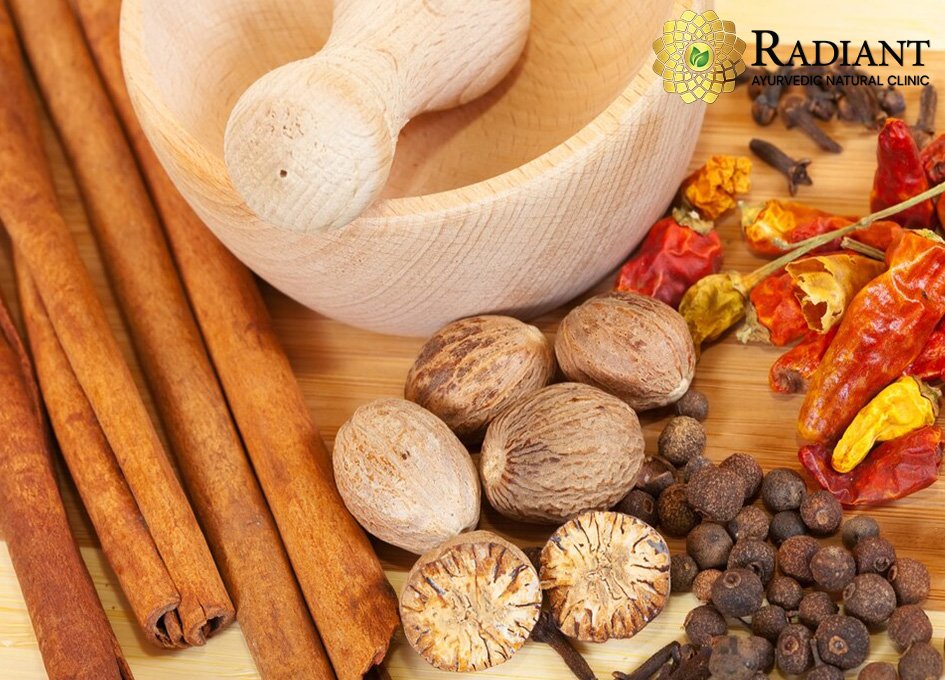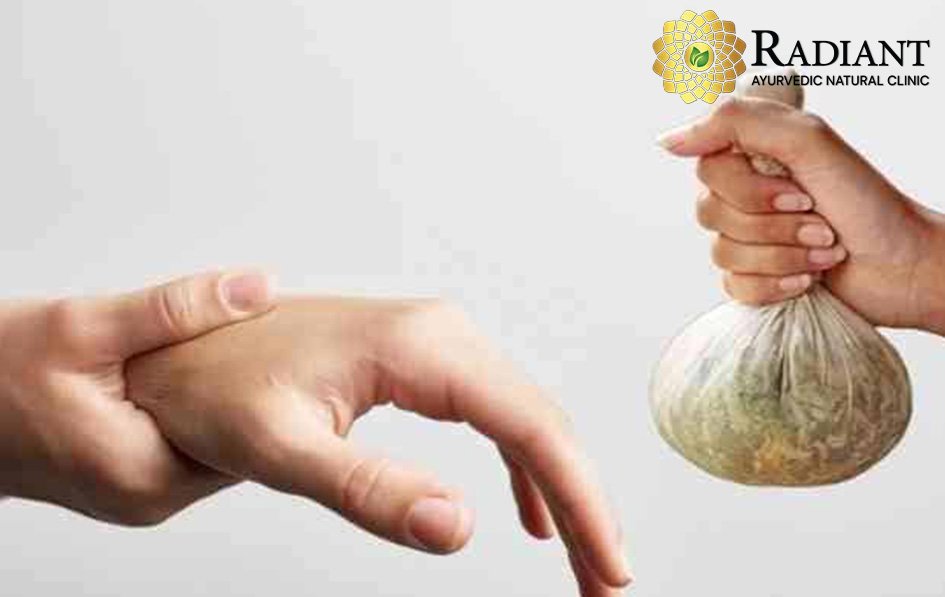Arthritis can be a very painful disease characterised by stiffness and limitation of bone and joint movement. Modern approaches involve the use of pain relievers and anti-inflammatory medications, which only offer a temporary solution. Ayurveda is the science of life, and it is a natural and long-term approach to healing that focuses on the individual and aims to achieve balance in the body.
Thus, it can be suggested that people suffering from arthritis can get rid of it with the help of the best Ayurvedic centre without any side effects. The information about Ayurveda treatment for arthritis will help people choose a more natural treatment.
Understanding Arthritis in Ayurveda
In Ayurveda, arthritis is categorised as Sandhivata, which is Vata dosha vitiation of the joint, and Amavata, in which toxins are deposited in the joint. These imbalances can result in inflammation, rigidity, and limitation of motion. The Ayurvedic management of arthritis aims to reduce the aggravated doshas, eliminate toxins, and naturally improve synovial fluid in joints.
Types of Arthritis and Their Ayurvedic Perspective
As noted above, there are various types of arthritis, and therefore, they need different Ayurvedic cures.
- Osteoarthritis (Sandhivata) – This is precipitated by an excess of Vata dosha, which results in the wearing and drying of the joints. Ayurveda focuses on building the bones and massaging the joints with oils and special treatments.
- Rheumatoid arthritis (Amavata) – This is due to the formation of toxins (Ama) in the body, which cause chronic inflammation. Ayurveda cleanses the body, alleviates inflammation and restores the immune system.
- Gout (Vatarakta) – An accumulation of uric acid leads to pain and puffy swelling in the joints, resulting from increased Vata and Pitta doshas. Pitta is countered in Ayurveda through dietary modifications and herbal medicines.
Ayurvedic Treatments for Arthritis: A Holistic Approach

The Ayurveda cure for arthritis includes the use of medicines, Panchakarma, Abhyanga, food modification, and change of lifestyle. The following are the major forms of treatment in Ayurvedic therapy.
1. Panchakarma: Detoxifying the Body
Panchakarma is a fivefold Ayurvedic procedure that detoxifies the body and helps in balancing the doshas. It includes:
- Vamana (Therapeutic Emesis) – Kindles the digestive fire, reduces Kapha and helps to alleviate inflammation.
- Virechana (Purgation Therapy) – Eliminates Pitta toxins from the body, thus reducing joint inflammation.
- Basti (Medicated Enema) – A very effective treatment for arthritis, Basti relieves Vata and nourishes the joints. Herbal oils and decoctions are used for internal treatment that affects a person’s internal organs.
- Raktamokshana (Bloodletting Therapy) – This treatment is used to treat gout and inflammatory arthritis since it purges the blood of toxins.
These therapies are however, best done at the best Ayurvedic centre where the treatments are administered according to the dosha imbalance of the patient.
2. Herbal Remedies for Joint Health
Arthritis can be controlled naturally with the help of some potent herbs used in Ayurveda. The following are some of the most effective herbs:
- Ashwagandha – An adaptogen that increases bone density and has anti-inflammatory properties.
- Guggulu – It is used to cure inflammations and effectively relieves joint pains and stiffness.
- Shallaki (Boswellia Serrata) – Reduces inflammation and increases the mobility of the joints.
- Turmeric (Curcumin) – An anti-inflammatory substance that can help reduce pain.
- Triphala – Aids the digestive system so that toxins are expelled from the body.
These herbs work together to improve mobility and decrease pain without any side effects. Though they are available over the counter, the best Ayurvedic centre uses them in formulations suited to the individual’s body type.
3. External Therapies: Ayurvedic Massages and Oil Treatments
The external treatments of Ayurveda are found to give a lot of relief to arthritis patients.
- Abhyanga (Oil Massage) – A warm herbal oil massage helps stimulate blood circulation, reduce stiffness, and nourish joints.
- Pizhichil (Oil Bath Therapy) – It involves pouring oil over the body for a long time to help ease the pain caused by Vata.
- Elakizhi (Herbal Pouch Therapy) – Hot fomentation with various herbs is applied to the joints for stiffness.
- Janu Basti & Kati Basti – These include pouring medicated oils over the knee or lower back joints to reduce pain and inflammation.
These therapies’ impacts depend on the right choice of the oil, and it is possible only at the experienced Ayurveda treatment for arthritis centre.
Dietary Modifications for Arthritis Management
Dietary management is one of the key aspects that need to be considered in people with arthritis. According to Ayurveda, one should eat foods that are non-inflammatory and light to digest.
Foods to Include:
- Warm, cooked meals with whole grains, lentils, and ghee
- Green leafy vegetables, ginger, garlic, and fenugreek are good for detoxification
- Flaxseeds, sesame, almonds, and such nuts and seeds are used for joint nutrition
- Herbal teas contain turmeric, cinnamon, or cumin for inflammation
Foods to Avoid:
- Raw foods that are icy, heavy, and coarse and which slow down digestion
- Excessive dairy products, red meat, and processed foods cause toxins
- Avoid hot, sour, salty, or spicy foods, which are hot and increase pitta and cause inflammation
A professional Ayurvedic doctor at the top Ayurvedic treatment centre will recommend a diet based on the patient’s dosha type.
Lifestyle Practices to Prevent Arthritis Progression
According to Ayurveda, each person is a part of the universe that has its own principles of existence and functioning. Regularly following the daily schedule per Ayurveda helps achieve long-term results and get rid of arthritis. The following are some of the habits that one should embrace in order to help manage arthritis:
- Exercise: Light exercises such as yoga, walking, etc., help in the movement of joints.
- Stress management: Meditation and pranayama are useful in controlling the vata dosha.
- Sleep: A good sleep cycle is anti-inflammatory and reduces the likelihood of sleeping sickness.
As opposed to conventional medicines, which only treat the symptoms of the disease, Ayurveda has a positive long-term effect on the body. This way, when one seeks treatment from the best Ayurvedic centre in Abu Dhabi, UAE, the treatment is usually effective, and one is not forced to rely on pain relievers for arthritis.
In Conclusion
Ayurveda treatment for arthritis involves eliminating toxins, using medicines, undergoing Panchakarma therapies, making dietary changes, and modifying one’s lifestyle. Ayurveda not only provides relief from symptoms but also stops the progression of joint diseases because it regulates the doshas.
For those who are interested in non-conventional and non-pharmacological methods of curing arthritis, Ayurveda should be the way to go. Selecting the right Ayurvedic centre will help one get proper guidance, proper treatment, and natural remedies for joint health issues in the long run.


